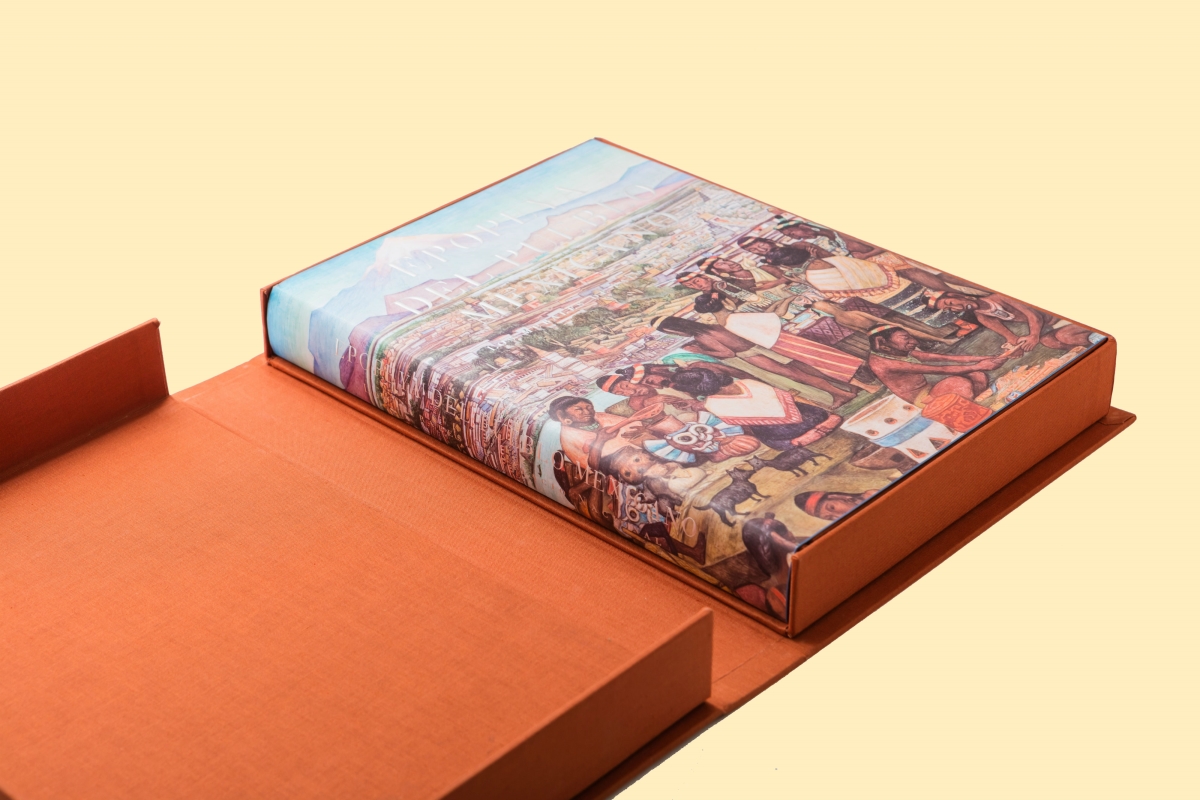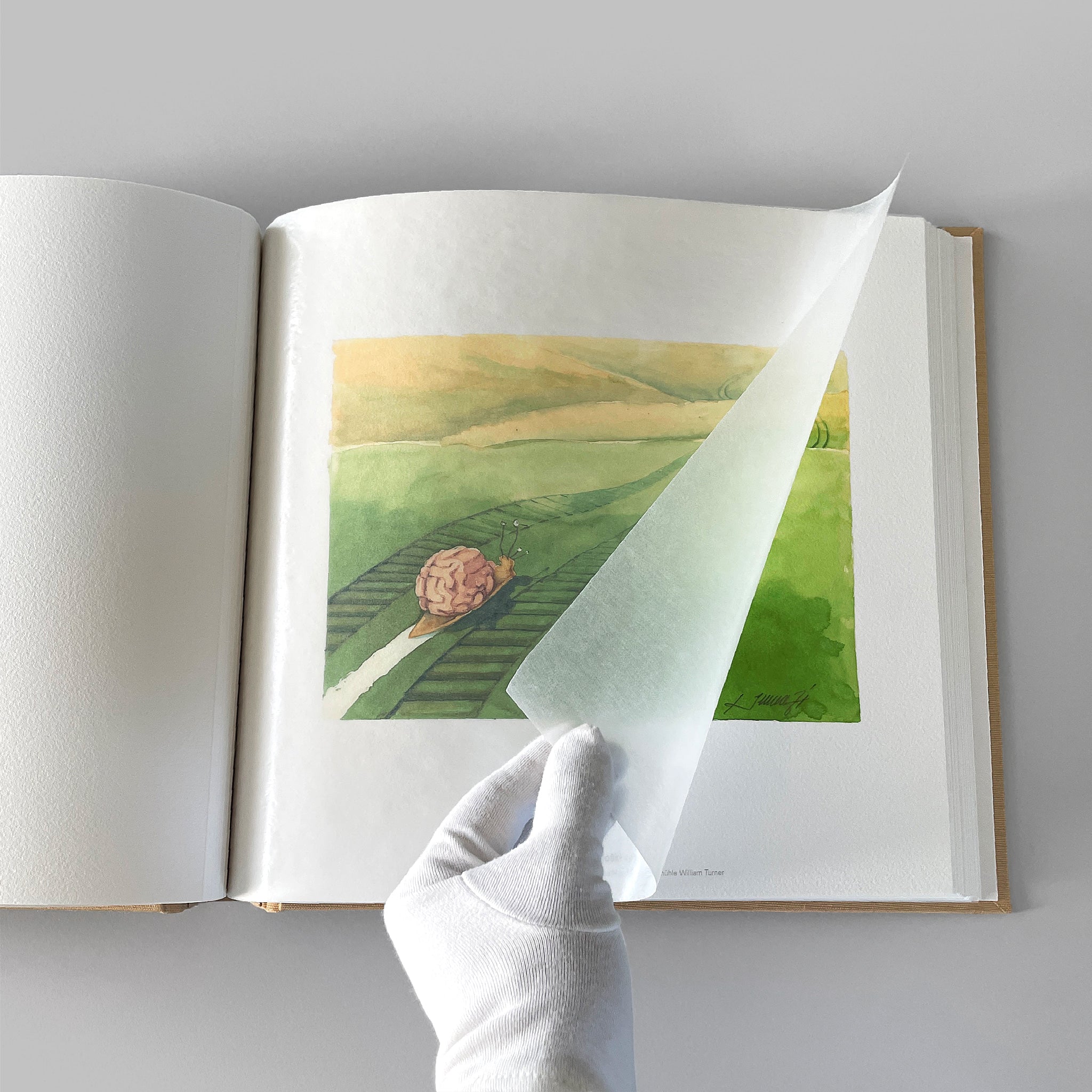The Artist’s Guide to Releasing a High-Quality art book
Discover the Essential Overview to Art Book Printing for Aspiring Artists and Publishers
As an aspiring musician or author, understanding the subtleties of art book printing is vital to bringing your vision to life. You'll require to take into consideration numerous elements, from picking the best kind of book to guaranteeing shade precision and choosing ideal materials. Each choice impacts the end product greatly. What are the essential components you should concentrate on to create a sensational art book that truly represents your work?
Comprehending Various Sorts Of Art Books
When you plunge into the globe of art publications, you'll promptly discover that they can be found in numerous forms, each tailored to different artistic expressions and target markets. Coffee table publications frequently showcase sensational visuals, best for informal surfing, while essays dive deep right into a specific musician's job, providing context and insights. If you have an interest in details art activities, event catalogs offer in-depth documentation of shows, including essays and reviews.
For instructional functions, art manuals and technique publications lead you with different tools and styles, making them vital for striving artists. Each layout offers its objective, and understanding their differences can improve your art book journey.
Selecting the Right Paper and Materials
Picking the ideal paper and materials can considerably influence the total high quality and feel of your art book. Beginning by thinking about the kind of artwork you have. For vibrant colors and intricate details, go with a glossy surface or a heavyweight matte paper that boosts visual deepness. If your job includes softer tones or structures, an all-natural or uncoated paper can provide a warm, welcoming touch.
Believe concerning the weight of the paper, too. Thicker choices usually lend a more specialist look, while lighter papers can minimize printing prices. Do not forget the binding materials; a strong cover can shield your web pages and contribute to the book's visual.
Finally, think about sustainability. Environment-friendly alternatives are obtaining appeal and can show your worths as a musician. By thoroughly picking your paper and products, you'll guarantee that your art book not just looks wonderful yet also feels special in the hands of your readers.

Choosing the very best Printing Techniques
When it comes to publishing your art book, selecting between countered and digital printing can considerably affect your final item. You'll additionally intend to consider just how paper high quality affects the total look of your art work. Let's discover these key printing strategies to discover the most effective fit for your project.
Balanced Out vs. Digital Printing
While both balanced out and digital printing have their advantages, picking the right method for your art book can significantly affect the last product. Countered printing provides top quality images and vibrant colors, making it ideal for bigger print runs. Inevitably, your selection needs to line up with your artistic vision and distribution method, making sure that your art book mirrors the top quality you prefer.
Paper Quality Considerations
Choosing the best paper quality can greatly boost the aesthetic appeal and responsive experience of your art book. Beginning by taking into consideration the weight and texture of the paper. Larger paper typically really feels more luxurious and can much better showcase vibrant shades and complex information. For prints, a glossy finish can make photos pop, while a matte finish supplies a softer, extra subtle look. Do not fail to remember regarding the paper's illumination; brighter sheets can boost color accuracy and comparison.
Following, think of the sustainability of your choice. Environmentally friendly alternatives are becoming increasingly popular and can appeal to environmentally-conscious viewers. Lastly, request examples to see exactly how different documents deal with your artwork, ensuring the final item mirrors your vision flawlessly.
Making Sure Shade Accuracy in Your Prints
To attain spectacular prints, you require to concentrate on shade accuracy from the beginning. You'll intend to make use of shade calibration strategies to validate your screen and printer remain in sync. Additionally, proofing your job prior to the last print run can help capture any type of discrepancies, guaranteeing your art looks equally as you pictured.
Shade Calibration Techniques
Guaranteeing shade precision in your prints starts with reliable color calibration techniques that help keep consistency between your electronic images and last printed products. Next off, pick a shade profile matched for your printing procedure, like CMYK for print materials. By constantly applying these methods, you'll boost the total high quality of your art prints and better convey your artistic vision.
Proofing for Accuracy
While you might assume your digital photos are all set for print, proofing is necessary for accomplishing shade precision. Before devoting to a full print run, always request an evidence from your printer.
If adjustments are more info required, communicate clearly with your printer about your preferred end results. Do not think twice to request multiple proofs if required; it deserves the investment to obtain it right. Ultimately, comprehensive proofing assurances that your artwork is stood for as you imagined it, keeping your creative integrity throughout the printing procedure.

Designing Layouts That Enhance Your Art Work
When you develop layouts for your art book, it's vital to contemplate how each aspect communicates with your artwork. Go for a balance in between visuals and text, making certain neither eclipses the other. Usage white space purposefully; it provides your artwork area to take a breath and accentuates its information.
Think about the circulation of get more info your book. Prepare images in such a way that guides the viewers's eye, developing a narrative or thematic progression. art book. Differ the sizes and orientations of your art work to keep the layout vibrant and fascinating
Select typefaces that match your art work without distracting from it. Keep text succinct and pertinent, providing context or understanding that improves the audience's experience.
Ultimately, test various formats. Print samples to see just how the layouts equate theoretically, and change as required. By thoughtfully designing your layouts, you'll develop an aesthetically engaging art book that resonates with your audience.
Binding Choices for a Specialist Finish
Selecting the right binding choice can considerably impact the total discussion of your art book. You'll intend to think about both appearances and sturdiness when making your option. Popular choices include best binding, which provides a streamlined look and is ideal for thicker publications; saddle stitching, perfect for smaller sized booklets; and spiral binding, which allows web pages to lay level for very easy watching.
If you're going for a costs feel, case binding is an outstanding selection, offering a sturdy cover and a specialist look (art book). Do not ignore the cover product; alternatives like cloth, natural leather, or a glossy finish can raise your book's appeal
Whatever choice you select, make certain it complements your art work and improves the reader's experience. Take your time to consider the advantages and disadvantages of each approach, so your final product mirrors the top quality of your creative vision.
Preparing Your Documents for Print Readiness
To assure your art book is print-ready, you'll require to pay very close attention to submit preparation. Beginning by establishing your file size to match your wanted print measurements. Usage high-resolution pictures-- 300 DPI is the standard-- to ascertain sharp, lively visuals. Transform your files to CMYK mode, as this color room is finest for printing. Don't neglect to include bleed locations, usually an get more info additional 0.125 inches around your web pages, to avoid any kind of white sides after cutting.
Consider creating a proof to review before the final print run. Adhering to these steps will aid you achieve a sleek, specialist art book.
Regularly Asked Questions
What Is the Typical Expense of Printing an Art Book?
The standard expense of printing an art book differs, yet you can expect to pay anywhere from $5 to $20 per copy, depending upon variables like dimension, paper top quality, and printing volume.
How Can I Locate a Reliable Printing Company?
To locate a trusted printing business, start by looking into on the internet evaluations and asking other artists for recommendations. Compare quotes, check portfolios, and communicate your needs clearly to ensure they understand your vision and quality assumptions.
What Is the Regular Turnaround Time for Printing?
The common turn-around time for printing varies however usually ranges from one to 4 weeks. Aspects like project intricacy and quantity can impact this. Constantly validate with your selected printer for specific timelines and expectations.
Can I Publish My Art Book in Limited Quantities?
Yes, you can certainly print your art book in limited quantities. Numerous printing companies offer short-run choices, allowing you to generate simply the number you require, making it easier to manage costs and inventory.
What Legal Factors To Consider Should I Know for My Art Book?
You should take into consideration copyright, licensing agreements, and model releases when developing your art book. Make sure you can use all pictures and message, protecting on your own from potential lawful problems later on.